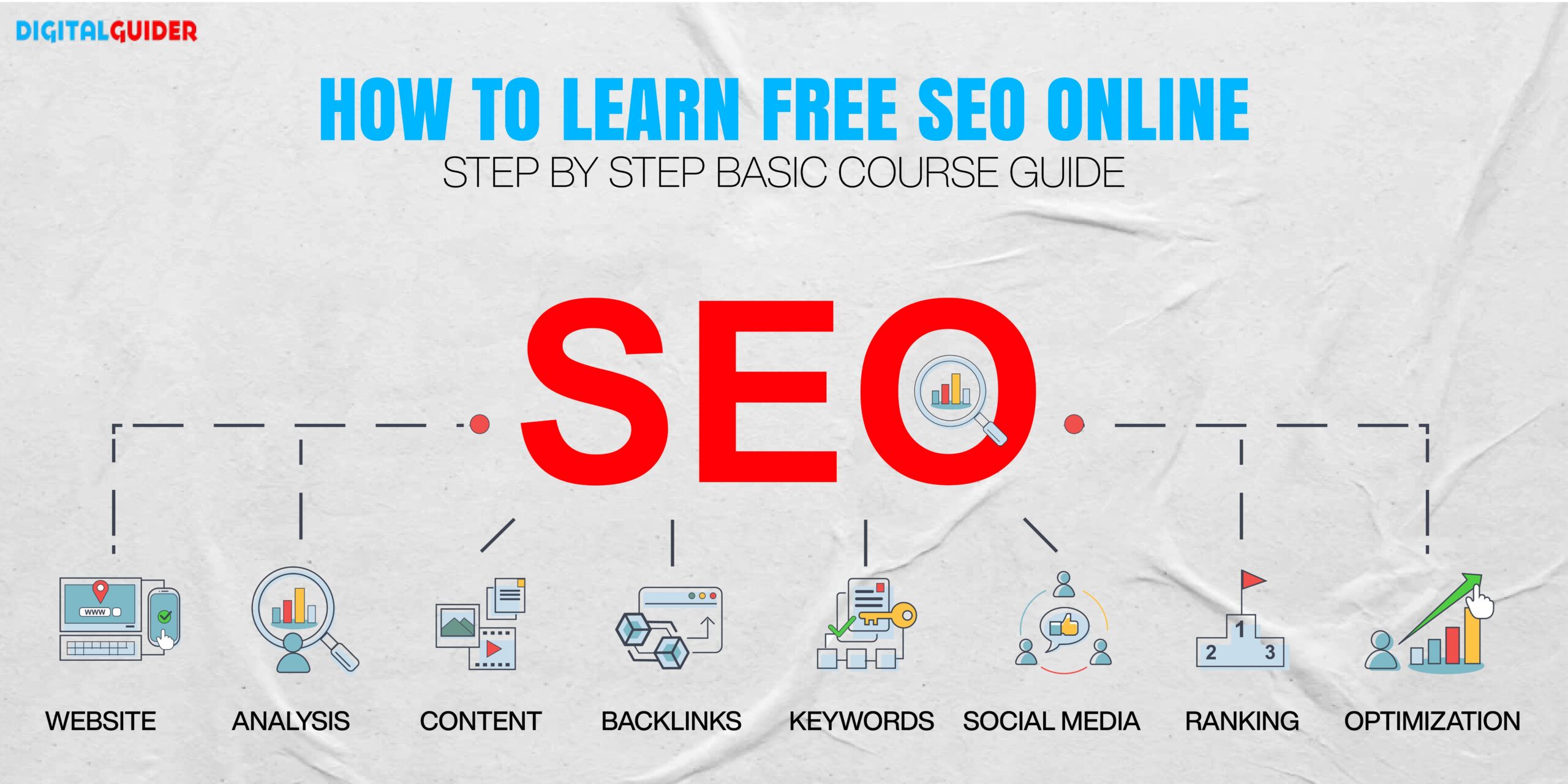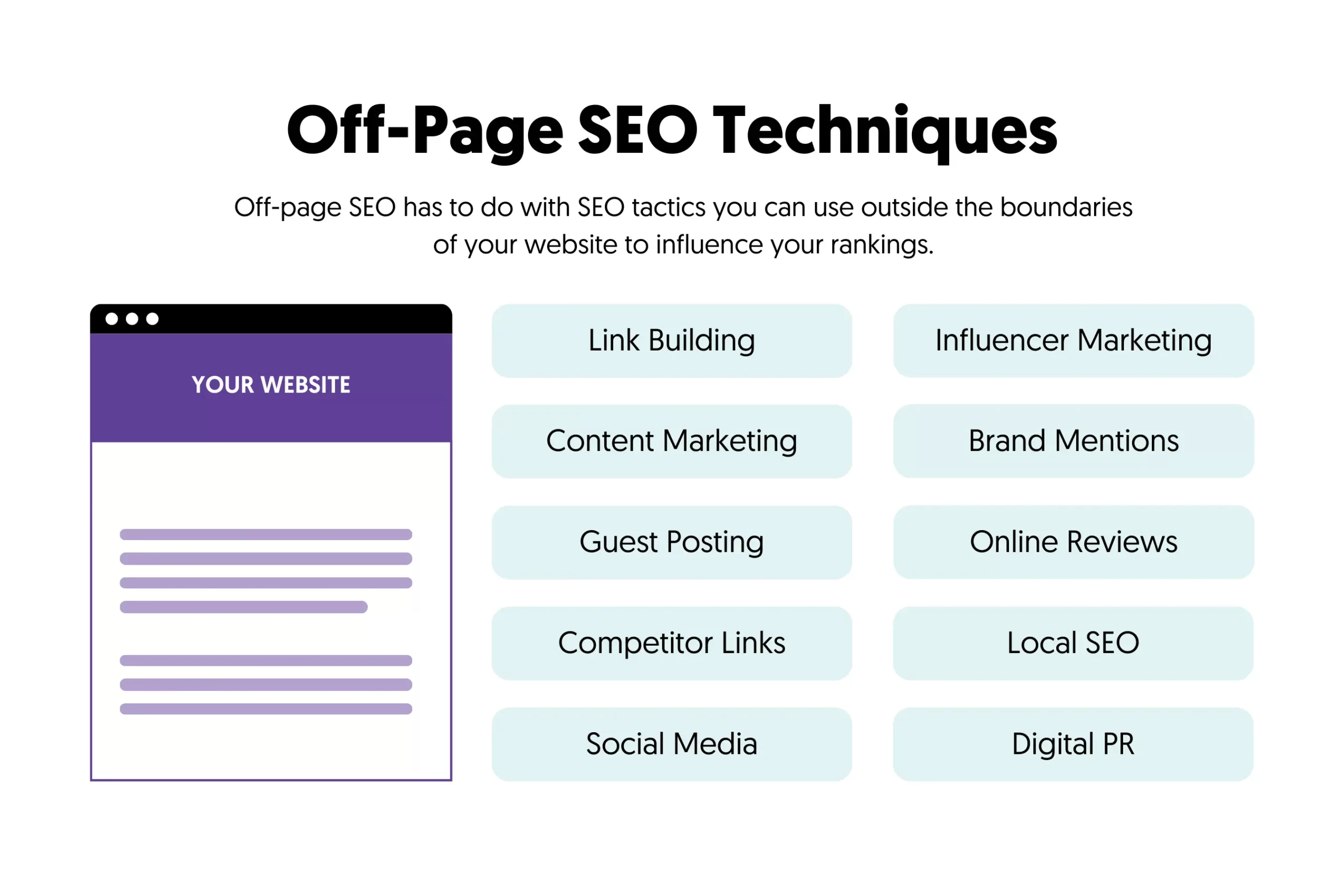Comprehensive Overview to What Is Not Considered a Default Medium in Google Analytics
Comprehensive Overview to What Is Not Considered a Default Medium in Google Analytics
Blog Article
Thinking Outside package: Leveraging Unique Mediums to Enhance Google Analytics Performance
In the realm of digital advertising, the pursuit for boosted Google Analytics performance has actually come to be a critical crucial for companies looking for to fine-tune their online visibility. Conventional techniques frequently fall short in capturing the complete spectrum of client interactions and behaviors. By checking out unconventional tools as avenues of information collection, a new realm of possibilities emerges. These undiscovered territories supply a wide range of untapped understandings that can possibly revolutionize the means we recognize and optimize our electronic approaches.
Distinct Information Sources

CRM systems, for instance, can offer insights right into specific customer communications, purchase background, and preferences, which can be incorporated with Google Analytics data to develop even more customized marketing strategies. Social network platforms use useful information on customer demographics, rate of interests, and involvement metrics, allowing organizations to evaluate the efficiency of their social media projects and optimize content for far better efficiency. Email marketing information, consisting of open prices, click-through prices, and conversion metrics, can likewise be leveraged to track customer involvement and actions beyond website communications caught by Google Analytics. By leveraging these special information sources, organizations can fine-tune their strategies, improve targeting initiatives, and enhance general Google Analytics performance.
Social Media Insights

Moreover, social media sites analytics tools allow services to track crucial efficiency indicators, monitor campaign performance, and gauge the effect of their on the internet tasks. Understanding the demographics of fans, determining popular content motifs, and reviewing involvement degrees can aid companies customize their advertising strategies for far better outcomes.
Offline Advertising Integration
Integrating offline advertising and marketing methods with digital analytics can enhance general project efficiency and supply a more comprehensive understanding of customer habits. what is not considered a default medium in google analytics. By linking the gap between online and offline initiatives, companies can track the influence of traditional advertising channels such as print ads, Learn More Here television commercials, direct mail, and events on their on-line presence

In addition, implementing call tracking systems for offline marketing activities allows companies to capture beneficial information on client inquiries generated via published advertisements or materials (what is not considered a default medium in google analytics). By evaluating phone call information together with on the internet metrics in Google Analytics, organizations can obtain deeper insights into the consumer trip and enhance advertising strategies for improved efficiency throughout all channels
IoT and Wearable Technology
Using IoT and wearable technology in electronic analytics can revolutionize information collection and consumer understandings for organizations looking for a much deeper understanding of user behavior patterns. These cutting-edge innovations use a seamless means to collect real-time information from numerous touchpoints. IoT devices can track individual interactions with solutions or items, offering valuable info on usage patterns and choices. Wearable technology, such as smartwatches or health and fitness trackers, can provide understandings into user tasks, health and wellness metrics, and even location information.
Gamification Approaches
The application of gamification approaches in electronic analytics provides an innovative method to improving user engagement and driving actionable understandings for services. By including game-like components such as points, badges, leaderboards, and awards into the analytics user interface, business can inspire users to interact much more often and meaningfully with the information.
Gamification motivates customers to check out different functions of the analytics platform, revealing valuable insights that could have or else gone undetected. With interactive obstacles and progression monitoring, customers are incentivized to delve much deeper right into the information, leading to enhanced time invested in the platform and a greater likelihood of discovering vital fads or patterns.
Additionally, gamification can cultivate a feeling of competition among users, spurring them to aim for higher performance and interaction levels. This competitive spirit can drive raised customer fostering prices and a much more detailed application of the analytics tools available. Eventually, by leveraging gamification strategies in electronic analytics, businesses can develop a much more effective and appealing atmosphere for users, causing even more enlightened decision-making and improved general efficiency.
Final Thought
In conclusion, leveraging unconventional tools such as distinct information resources, social networks understandings, offline advertising and marketing combination, IoT and wearable technology, check my reference and gamification methods can optimize Google Analytics performance. By believing outside the box and discovering these different resources of information, companies can acquire valuable understandings and boost their total advertising strategies. It is crucial for companies to constantly discover new methods to gather information and analyze it in order to stay in advance in the ever-evolving electronic landscape.
By integrating data from sources such as customer partnership monitoring (CRM) systems, social media platforms, and email advertising and marketing campaigns, companies can gain an extra thorough understanding of their audience actions and engagement patterns. Social media systems supply important data on user demographics, rate of interests, and engagement metrics, permitting organizations to assess the performance of their social media projects and optimize web content for much better efficiency. By leveraging these distinct data resources, companies can refine their techniques, enhance targeting efforts, and improve overall Google Analytics performance.
Discovering social media insights can provide organizations with beneficial information on user demographics, rate of interests, and engagement metrics, permitting for informed decision-making and calculated optimization of advertising and marketing efforts. By believing outside the box and checking out these alternative sources of information, companies can obtain important understandings and improve their overall marketing methods.
Report this page